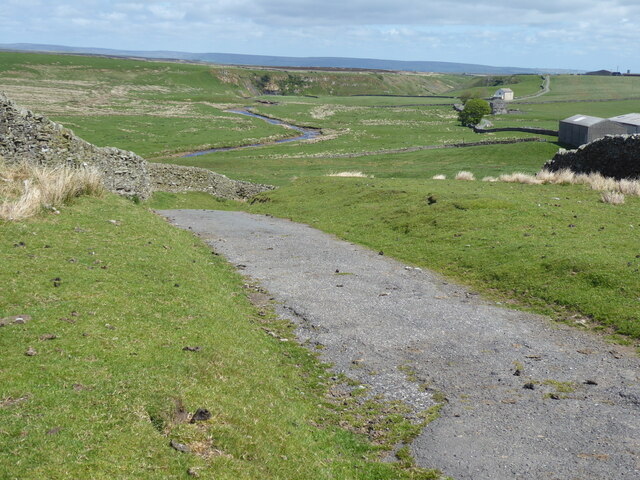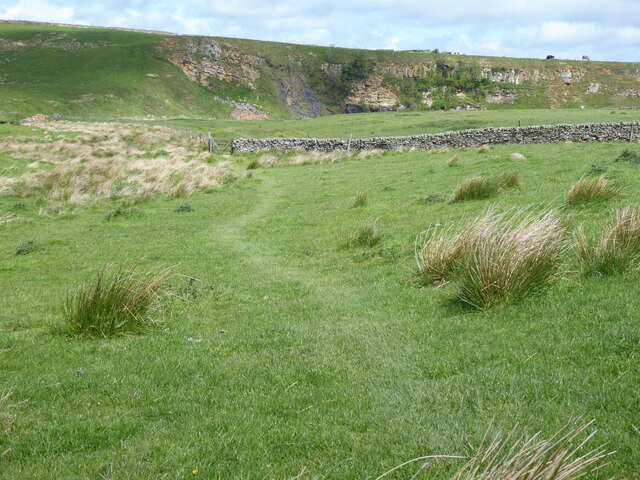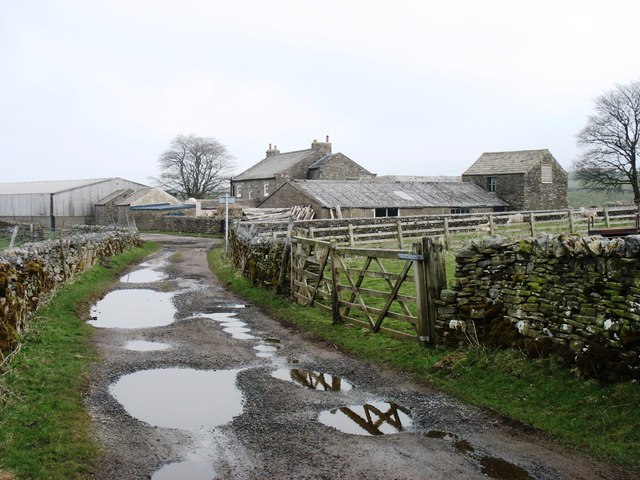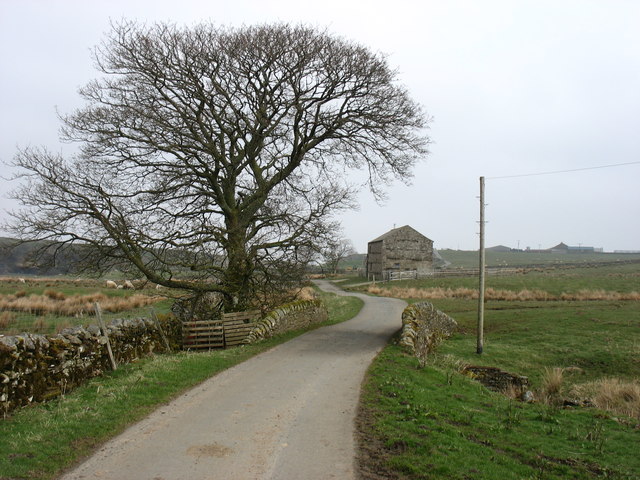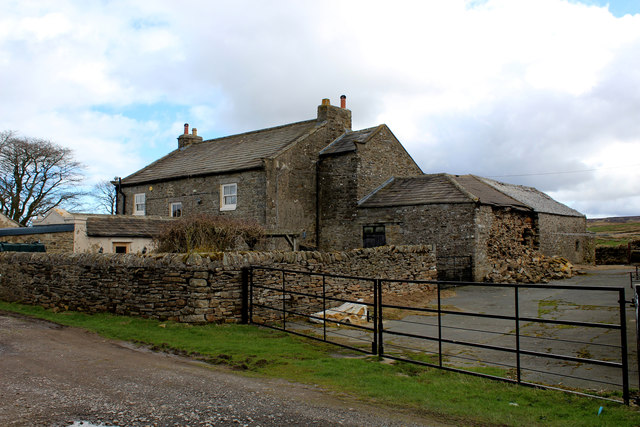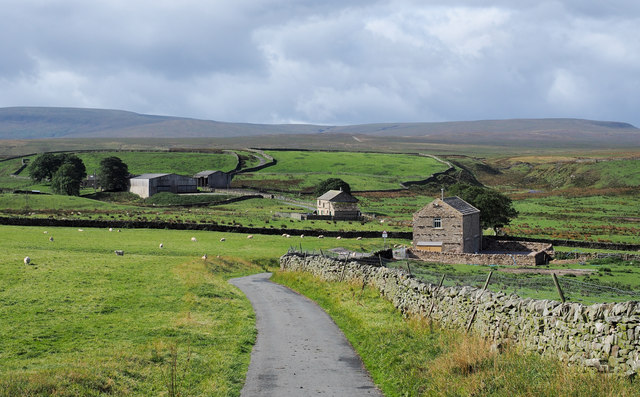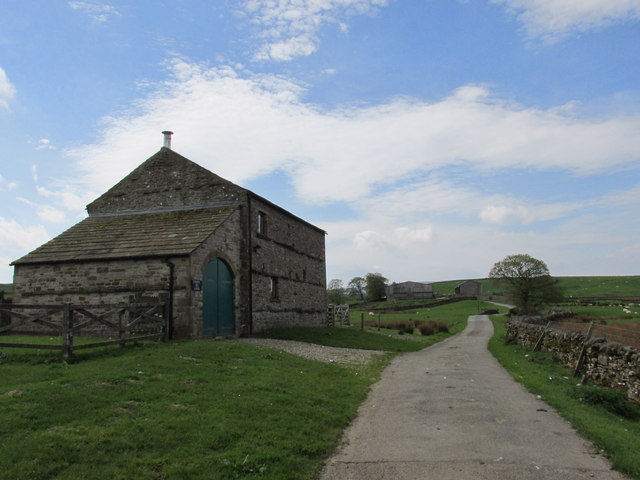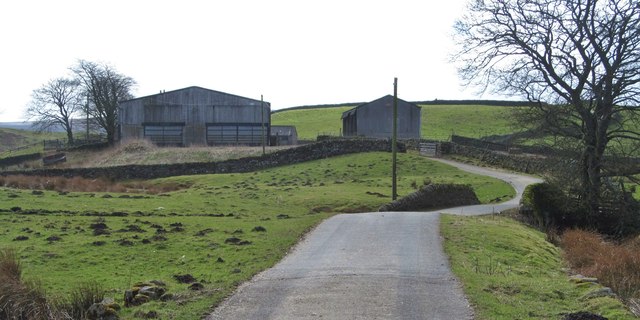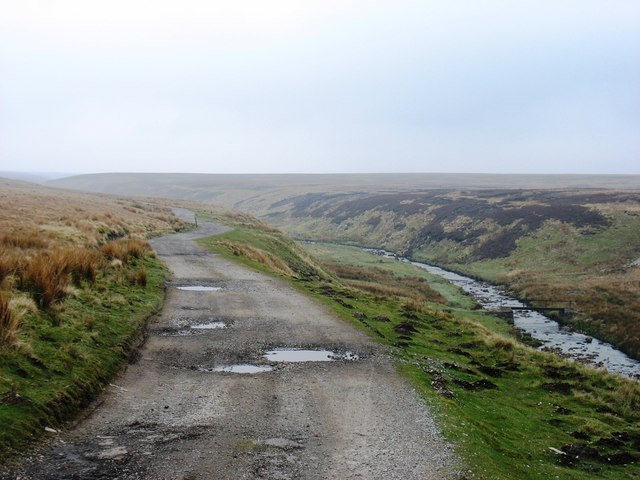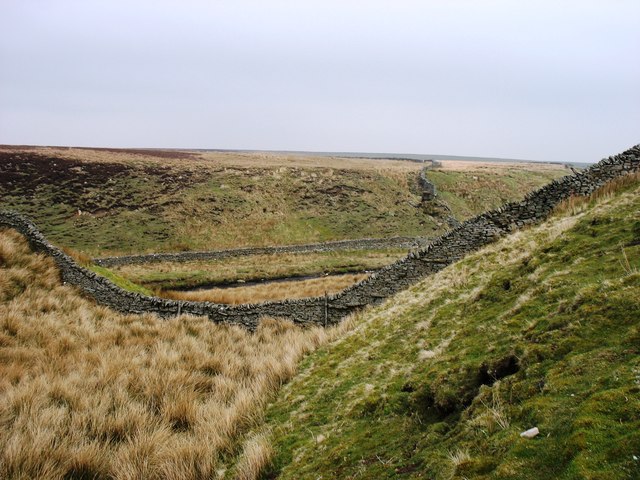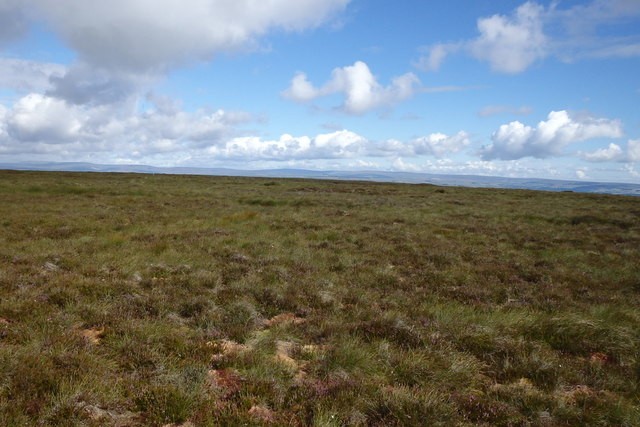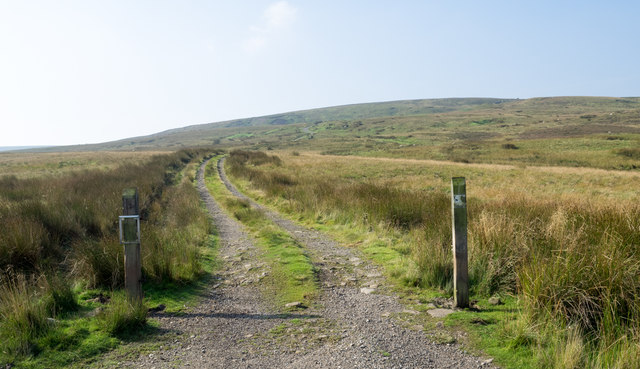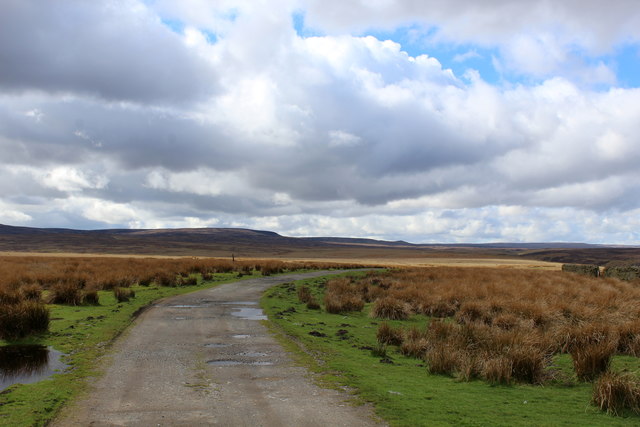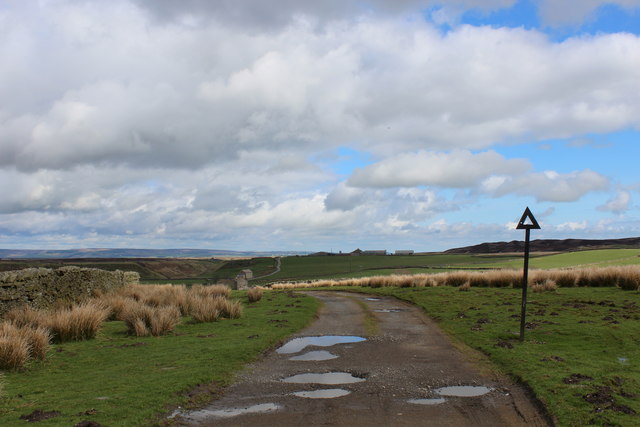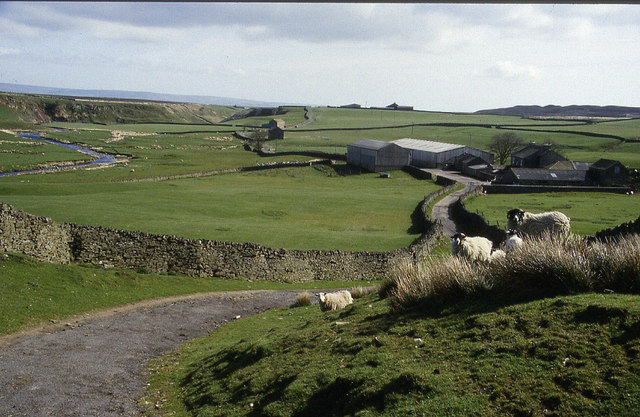West Moor Bottom
Valley in Yorkshire Richmondshire
England
West Moor Bottom

West Moor Bottom is a picturesque valley located in the county of Yorkshire, England. Nestled between rolling hills and lush green meadows, this idyllic rural area offers visitors a serene and tranquil escape from the hustle and bustle of city life.
The valley is known for its breathtaking natural beauty, with its meandering streams, charming stone bridges, and vibrant flora and fauna. West Moor Bottom is surrounded by an array of diverse wildlife, including deer, rabbits, and various species of birds, making it a haven for nature enthusiasts and birdwatchers.
The valley is also home to several quaint villages and hamlets, each exuding their own distinct charm. The local architecture is predominantly traditional, with stone cottages and farmhouses dotting the landscape. These villages offer visitors a glimpse into Yorkshire's rich cultural heritage and rural way of life.
West Moor Bottom is a haven for outdoor activities, with numerous walking trails and cycling routes to explore. The valley's rolling hills and verdant meadows provide the perfect backdrop for hiking and picnicking, while its streams and rivers offer opportunities for fishing and boating.
The area has a close-knit community, with residents known for their warm hospitality and welcoming nature. Visitors can experience the region's unique charm by staying in one of the cozy bed and breakfasts or self-catering cottages that are scattered throughout the valley.
In conclusion, West Moor Bottom is a hidden gem in Yorkshire, offering visitors a chance to immerse themselves in the region's natural beauty and rural charm. Whether it's exploring the picturesque villages, embarking on outdoor adventures, or simply enjoying the tranquility of the countryside, this valley has something to offer for everyone.
If you have any feedback on the listing, please let us know in the comments section below.
West Moor Bottom Images
Images are sourced within 2km of 54.472028/-2.0619501 or Grid Reference NY9608. Thanks to Geograph Open Source API. All images are credited.

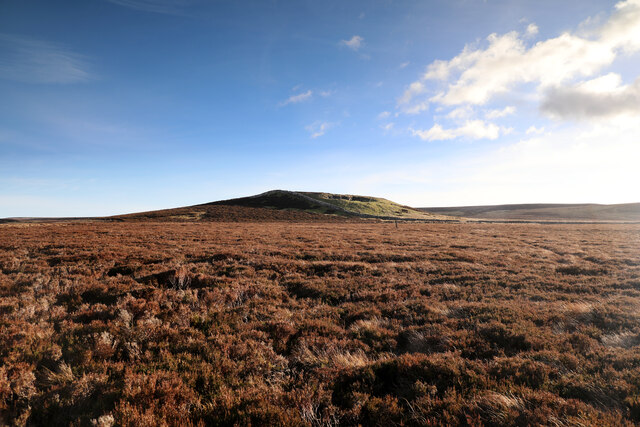
West Moor Bottom is located at Grid Ref: NY9608 (Lat: 54.472028, Lng: -2.0619501)
Division: North Riding
Administrative County: North Yorkshire
District: Richmondshire
Police Authority: North Yorkshire
What 3 Words
///mimics.professed.reflected. Near Bowes, Co. Durham
Nearby Locations
Related Wikis
Sleightholme
Sleightholme is a secluded hamlet on a dead end road in County Durham, England. It lies beside Sleightholme Beck, a tributary of the River Greta. The...
Walney to Wear and Whitby Cycle Route
The Walney to Wear and Whitby Cycle Route (or W2W) is the name of a cross-country cycle route in Northern England. It runs from Walney Island in Cumbria...
National Cycle Route 70
National Cycle Network (NCN) Route 70 is a Sustrans National Route that runs from Walney Island in Cumbria to Sunderland. The route is fully open and signed...
Sleightholme Beck Gorge – The Troughs
Sleightholme Beck Gorge – The Troughs is a Site of Special Scientific Interest in the County Durham district of south-west County Durham, England. The...
Nearby Amenities
Located within 500m of 54.472028,-2.0619501Have you been to West Moor Bottom?
Leave your review of West Moor Bottom below (or comments, questions and feedback).

